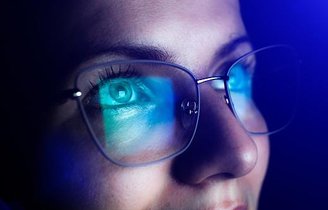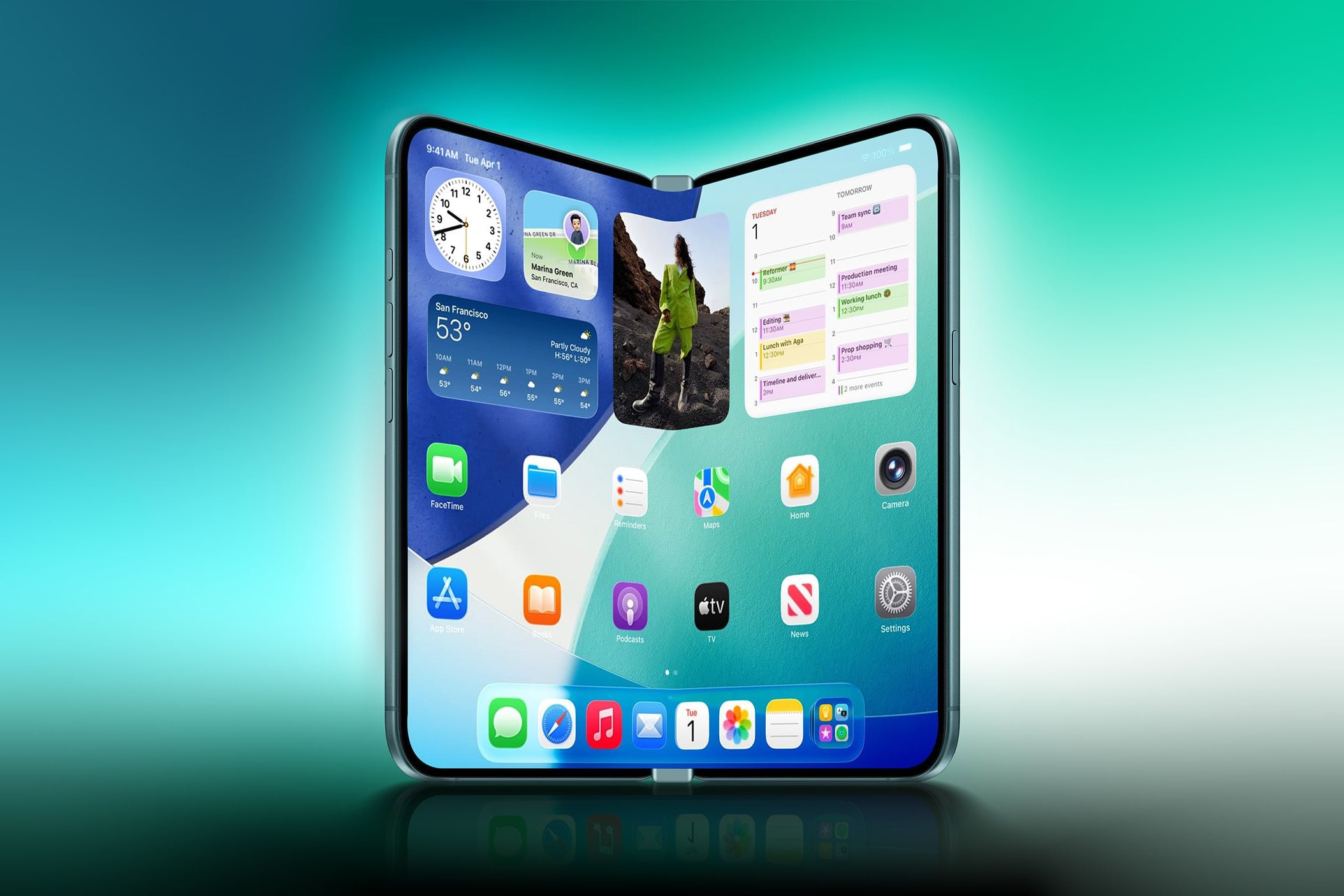Blue is relatively rare in nature, but during the day it is clearly visible in the sky and in water as well as in lakes and rivers. Some people and animals also have blue eyes; Not to mention the different species of birds with bluish plumage.
However, it is difficult to find plants and flowers with a bluish color; only a few species have details with this feature. In fact, one legend about ancient humans suggests that they couldn’t see blue..
Although there is much evidence of the color blue in the past, many books describe other colors instead of blue. For example, Homer’s Odyssey describes the color of the ocean as ‘dark as wine’. but at no point does he mention blue —The Greek epic was published around 800 BC. The detail was discovered by British academic and politician William Gladstone.
Based on this information, German-Jewish philosopher and philologist Lazarus Geiger became curious and began examining many other ancient texts from different parts of the world. He analyzed Chinese, Japanese, Icelandic and Hindu books, among others, and found no mention of blue.
“These hymns, consisting of more than ten thousand verses, abound with descriptions of the heavens. Hardly any theme is so frequently expressed. The play of the colors of the sun and the red dawn, day and night, clouds and lightning, air and ether, all these are opened before us again and again … but there’s one thing no one can learn from these old songs … and that’s that the sky is blue,” Geiger said.
To explain a little better whether ancient people saw blue, TecMundo gathered information from scientists and experts in the field. Check out!
Ancient people and blue color
Gladstone claims Homer used the words ‘copper’ and ‘iron’ to describe the color of the sky. Blue is also not mentioned in the ancient Hebrew versions of the Bible. All this has been questioned by many researchers. So why isn’t blue mentioned so much in humanity’s ancient literary works? Could it be that people can’t see blue?
The truth is much simpler than conspiracy theories. Yes, ancient people saw blue, but the perception then was very different from today. Science explains that the human eye can see more than a million shades of color; The only thing that cannot be measured is each person’s experience of observing these different colors.
According to historical records, The first society to describe the color and create a word for ‘blue’ were the Egyptians, as they were able to reproduce blue dyes. Experts in the field think that since then, awareness about color has begun to spread to the West and become as important as it is today.
A linguistic question
In 2006, psychologist Jules Davidoff of Goldsmiths University in London published a study to understand the issue a little better. They investigated how the Himba tribe in Namibia at the time saw colors and questioned why there was no word for blue. To contain, They noticed that the tribe could not distinguish between blue and green colors.

In the article, the researchers describe a test in which they presented tribal residents with a circle consisting of 11 green squares and one blue square. Members of the Himba region were unable to distinguish between colors, and those who tried to figure out which blue square was ultimately unsuccessful.
In a second test, the scientists presented the same circle of 11 squares in green tones and one square in a different tone. So they could tell the difference. However, scholars explain that this happened because the tribe’s language had many more words for green than in our current society.

So the problem is not that they cannot see green, but rather about the perception of the colors they observe during their experiences. In another study conducted in 2007, MIT researchers noticed that there are words describing blue, light blue and dark blue in Russian. So they noticed that Russian speakers could distinguish the difference between light blue and dark blue much better than English speakers.
Davidoff concluded that the linguistic definition of a word that describes color is crucial for us to realize that it has a distinctive hue. So ancient people could actually see blue, but the lack of a word made it difficult for them to perceive the color. In conclusion, colors have always existed, but humanity’s ability to perceive them has emerged throughout history.
Did you like the content? So, follow all the curiosities about science and history at TecMundo. If you wish, take the opportunity to read how to explore your color chart online for free.
Source: Tec Mundo
I’m Blaine Morgan, an experienced journalist and writer with over 8 years of experience in the tech industry. My expertise lies in writing about technology news and trends, covering everything from cutting-edge gadgets to emerging software developments. I’ve written for several leading publications including Gadget Onus where I am an author.













